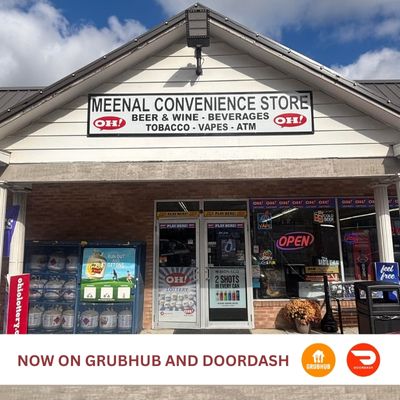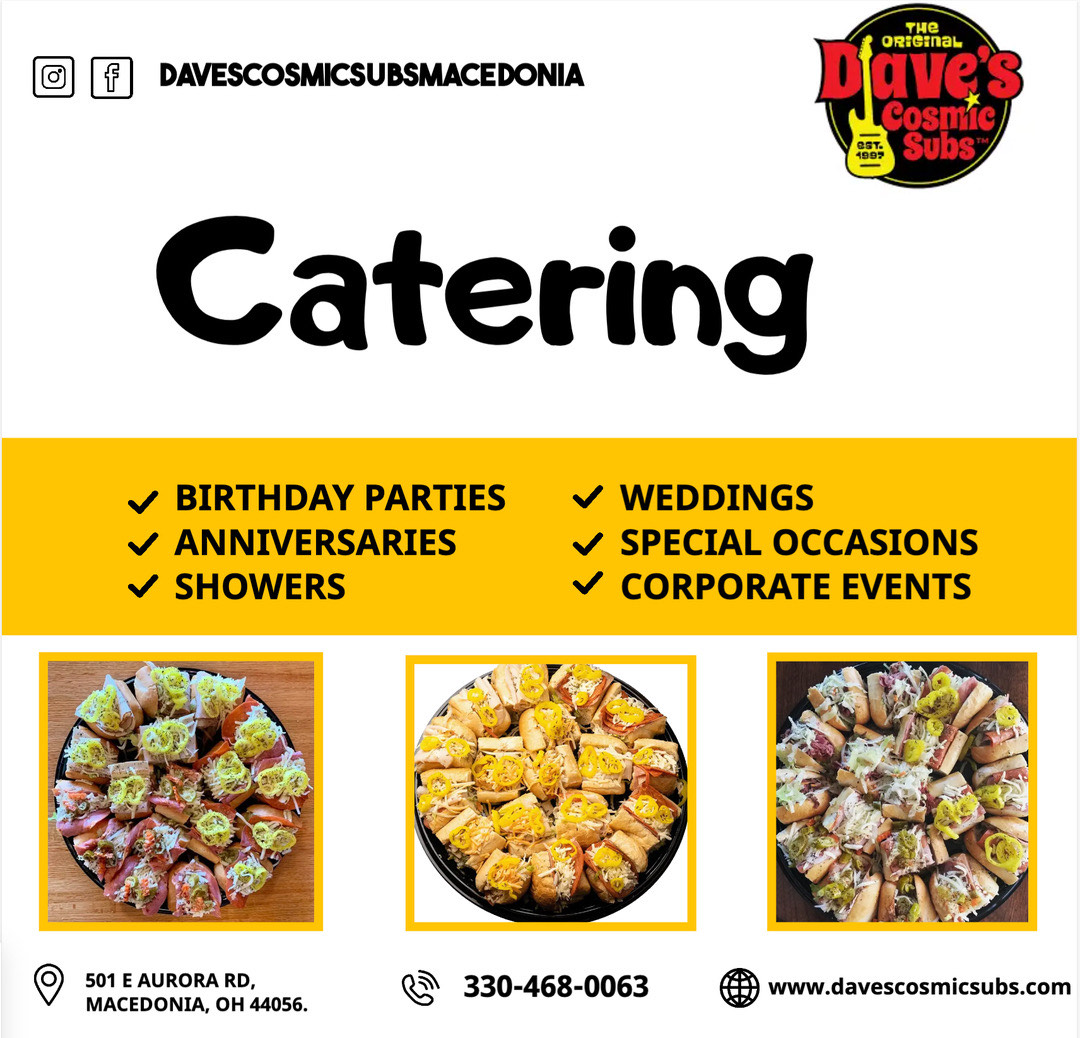Successful business owners planning second locations typically budget for obvious costs like rent and equipment, yet miss dozens of hidden expenses that can derail expansion plans. These overlooked costs often double or triple the actual investment required for successful expansion.
Industry experts consistently see the same costly oversights that transform profitable expansions into financial disasters. Opening a second location requires substantial time investment from existing staff who must help plan, set up, and train new personnel while maintaining operations at the original location.
Regulatory Compliance Nightmare
Every jurisdiction requires separate licensing and permits for new locations, creating cascading fees most entrepreneurs never anticipate. If your second location is in a different state (or even a different county), you will likely need to register as a foreign business in that state and pay that state’s taxes and annual report fees in addition to those in your home state.
Business license costs vary dramatically by location. A business license could cost anywhere from $25 to several hundred dollars, depending on what you do and where you conduct business, but multiple permits stack quickly. Health department permits, fire department approvals, zoning compliance, and specialty industry licenses each carry separate fees.
This may require filing additional tax returns, such as state income or franchise tax returns, for the new state, as well as local city business taxes. Professional accounting services become essential for multi-state operations, adding thousands in annual compliance costs.
Insurance Premium Explosions
You will most definitely pay more for commercial insurance after opening a second location. This is because you have more structures and property to cover. The increase often exceeds simple doubling because risk factors multiply rather than add.
Commercial property insurance, general liability coverage, and workers compensation insurance all require separate policies or substantial rider additions. These business insurance policies typically cost anywhere around $1000 or more a month per location.
Product liability insurance becomes particularly complex with multiple locations, as coverage must account for different state laws and local regulations. Professional liability requirements may differ between locations, requiring separate policy structures.
Technology Infrastructure Costs
Consider using a centralized financial management system, such as a cloud-based accounting platform with multi-location support, which will enable you to monitor each store’s performance in real-time. These systems require substantial upfront investment and ongoing subscription costs.
Point-of-sale systems must integrate across locations while maintaining local functionality. Internet infrastructure, security systems, and communication networks all require professional installation and configuration for multi-location operations.
Staffing and Training Expenses
You might need to hire a manager to keep an eye on day-to-day operations when you’re not there. Management salaries for qualified candidates often exceed projections, particularly in competitive markets.
Recruiting, training, and onboarding new staff for the second location creates substantial costs beyond base salaries. Background checks, drug screenings, and skills assessments add to hiring expenses. Training costs multiply as procedures must be standardized across locations. New employee onboarding requires comprehensive programs to ensure consistency between locations.
Workers compensation insurance varies by state and industry, with rates potentially differing significantly between locations. Unemployment insurance contributions and payroll processing fees increase with additional locations.
Equipment and Setup Costs
Purchasing new equipment for a second location often exceeds initial estimates. Professional installation, calibration, and setup services add thousands to equipment budgets. If you plan to transfer some equipment from your existing location, transportation and reinstallation costs can surprise business owners.
Safety equipment requirements vary by jurisdiction. Smoke detectors, carbon monoxide detectors, fire extinguishers, and security systems must meet local codes. Kitchen equipment in food service businesses requires specialized cleaning, calibration, and certification.
Utility Connection and Deposit Costs
Utility companies typically require substantial deposits for new commercial accounts. Electricity, water, gas, internet, and phone services each demand separate deposits and connection fees. These costs often total several thousand dollars before operations begin.
Emergency backup systems, particularly for food service or manufacturing businesses, require additional utility planning and equipment installation. Generator permits, electrical panel upgrades, and emergency shut-off systems add complexity and cost.
Professional Service Requirements
Legal compliance across multiple jurisdictions often requires specialized attorneys familiar with local regulations. Accounting services become more complex with multi-location tax obligations and financial reporting requirements.
Marketing materials require updating with new location information, including business cards, brochures, websites, and signage. Professional services, landscaping, and maintenance contracts must be established for each location.
Construction and Modification Expenses
Even minor modifications require permits, professional contractors, and inspections. Don’t forget to set aside money for security, cleaning, waste management, and other incidental costs necessary to function in the new location.
Waste disposal containers, debris removal, and professional site cleanup often exceed initial estimates. Final preparations including carpet installation and painting touch-ups add expense layers.
Financial Management Complexity
Running two locations will naturally increase your overhead, from doubling rent and utility bills to higher payroll and inventory costs. Cash flow forecasting becomes significantly more complex with multiple revenue streams and expense categories.
Separate accounting systems for each location help track individual profitability but require additional software licenses and bookkeeping expertise. Bank account setup, merchant services, and payment processing systems multiply across locations.
Timeline and Contingency Costs
Delays invariably occur during second location setup projects, requiring contingency planning. Permit delays, equipment delivery problems, and construction issues can extend opening timelines while fixed costs like rent and insurance continue accumulating.
Temporary storage for new equipment and inventory during setup periods, extended insurance coverage during construction phases, and carrying costs for both locations during the transition period often surprise business owners with substantial additional expenses.
Related article: Location Mistakes That Kill 60% of New Businesses: The Real Site Selection Rules
Discover more from Northeast Ohio News
Subscribe to get the latest posts sent to your email.










